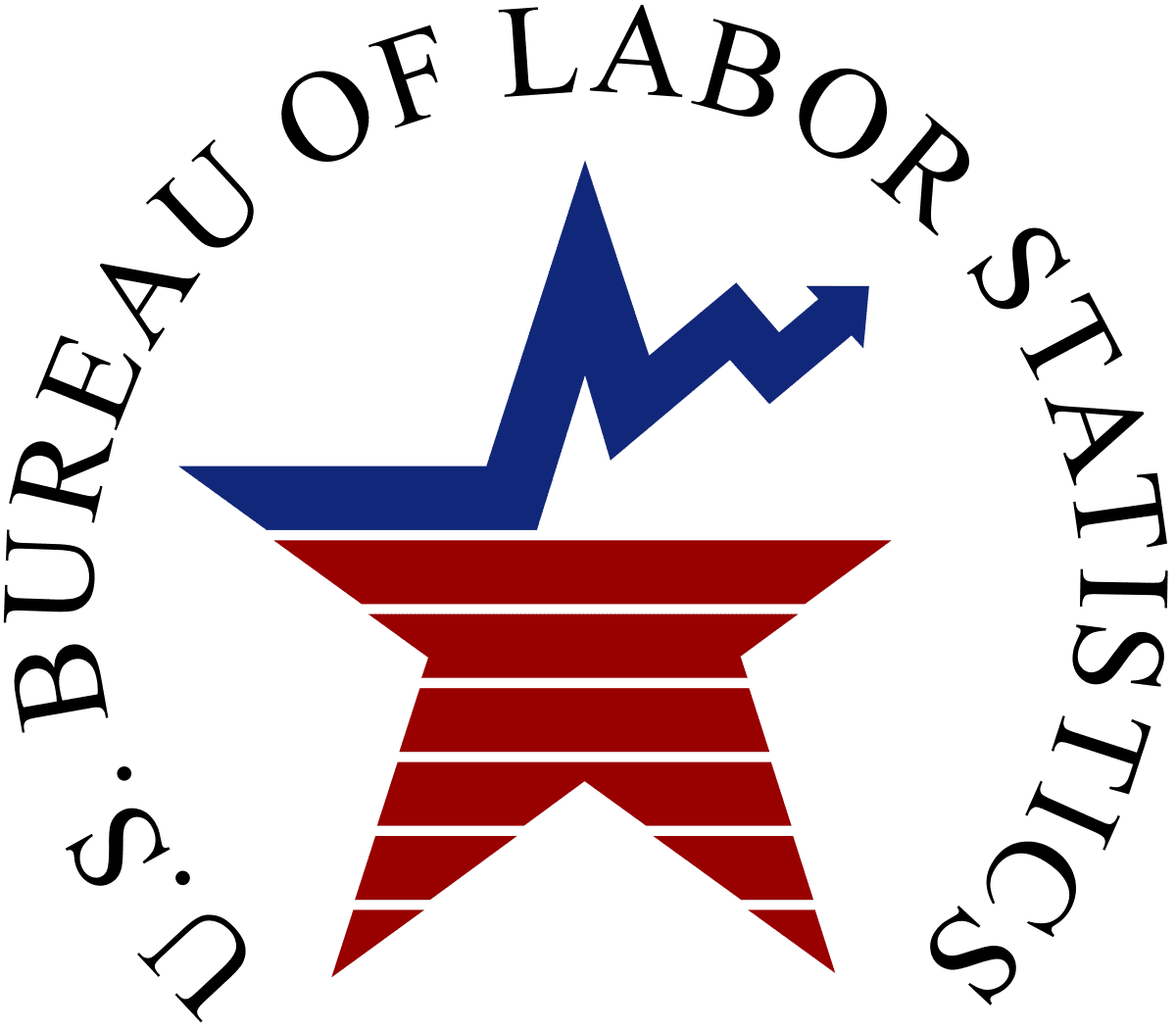Economy Gains 266,000 Jobs in April; Unemployment Little Changed at 6.1%

The U.S. economy gained 266,000 jobs in April, and the unemployment rate was little changed at 6.1%, according to figures released Friday morning by the U.S. Bureau of Labor Statistics.
In response to the April job numbers, AFL-CIO Chief Economist William Spriggs said: “There was no progress in reducing the number of long-term unemployed, they remained nearly unchanged at 4.2 million and are 43% of the unemployed. That number will be difficult to clear by September when key provisions of federal support for unemployed workers will lapse.” He also tweeted:
@BLS_gov reports those unemployed fewer than 5 weeks grew by 237,000, another sign of layoffs being an issue. Labor force participation remained about flat at 61.7% So this data shows the labor market is still sluggish and reports of labor shortages exaggerated. @AFLCIO
— William E. Spriggs (@WSpriggs) May 7, 2021
More signs the labor market is sluggish because of job losses, the only continued growth was in leisure & hospitality (mostly restaurants) which is the lowest wage industry. Temporary Services job losses led to big losses for higher wage Business Services. @AFLCIO #JobsReport pic.twitter.com/sL4xJOao2q
— William E. Spriggs (@WSpriggs) May 7, 2021
Another sign the labor market doesn’t have shortages, the unemployment rate went up for those with less than a high school education to 9.3 in April from 8.2%. But that’s still lower than THE Black unemployment rate that edged up from 9.6 to 9.7%. @AFLCIO #JobsReport
— William E. Spriggs (@WSpriggs) May 7, 2021
Another reason to not believe the hype on tight labor markets. Black labor force participation rose from March to April, so did Black employment. But, successes were offset by job match failures, so the Black unemployment rate rose. That’s not a tight market. @AFLCIO #JobsReport pic.twitter.com/adt1FPCGzj
— William E. Spriggs (@WSpriggs) May 7, 2021
With the slow transition of unemployed workers to jobs, and weak growth in sectors outside the recovering restaurant sector, long term unemployment is at levels that will be hard to unwind by September when support for unemployed workers is set to fall. @AFLCIO #JobsReport pic.twitter.com/tuGAQcKlyR
— William E. Spriggs (@WSpriggs) May 7, 2021
April numbers do not show a scarcity of workers, but a weak labor market. New job entrants (who don’t get unemployment benefits) had less luck finding jobs in April, the number unemployed up almost 130,000 and permanent and temporary layoffs were up. @AFLCIO #JobsReport pic.twitter.com/qjxnyo6KyZ
— William E. Spriggs (@WSpriggs) May 7, 2021
The #Shecession update. Women gained 161,00 of the 266,000 (60.5%) new payroll slots in April, mostly in leisure & hospitality (+150,000). There was some good news in public sector jobs (+45,000). The majority of public sector workers are women. @AFLCIO #JobsReport pic.twitter.com/yJnw8tZDvX
— William E. Spriggs (@WSpriggs) May 7, 2021
Last month’s biggest job gains were in leisure and hospitality (+331,000), other services industry (+44,000), local government education (+31,000), social assistance (+23,000) and financial activities (19,000). The biggest job losses were seen in manufacturing (-18,000), retail trade employment (-15,000) and health care (-4,000). Employment changed little in other major industries, including construction, mining, wholesale trade and information.
In April, the unemployment rates for teenagers (12.3%), Black Americans (9.7%), Hispanics (7.9%), adult men (6.1%), Asian Americans (5.7%), adult women (5.6%) and White Americans (5.3%) showed little or no change.
The number of long-term unemployed workers (those jobless for 27 weeks or more) barely changed in April and accounted for 43% of the total unemployed.
Kenneth Quinnell
Fri, 05/07/2021 – 12:42
